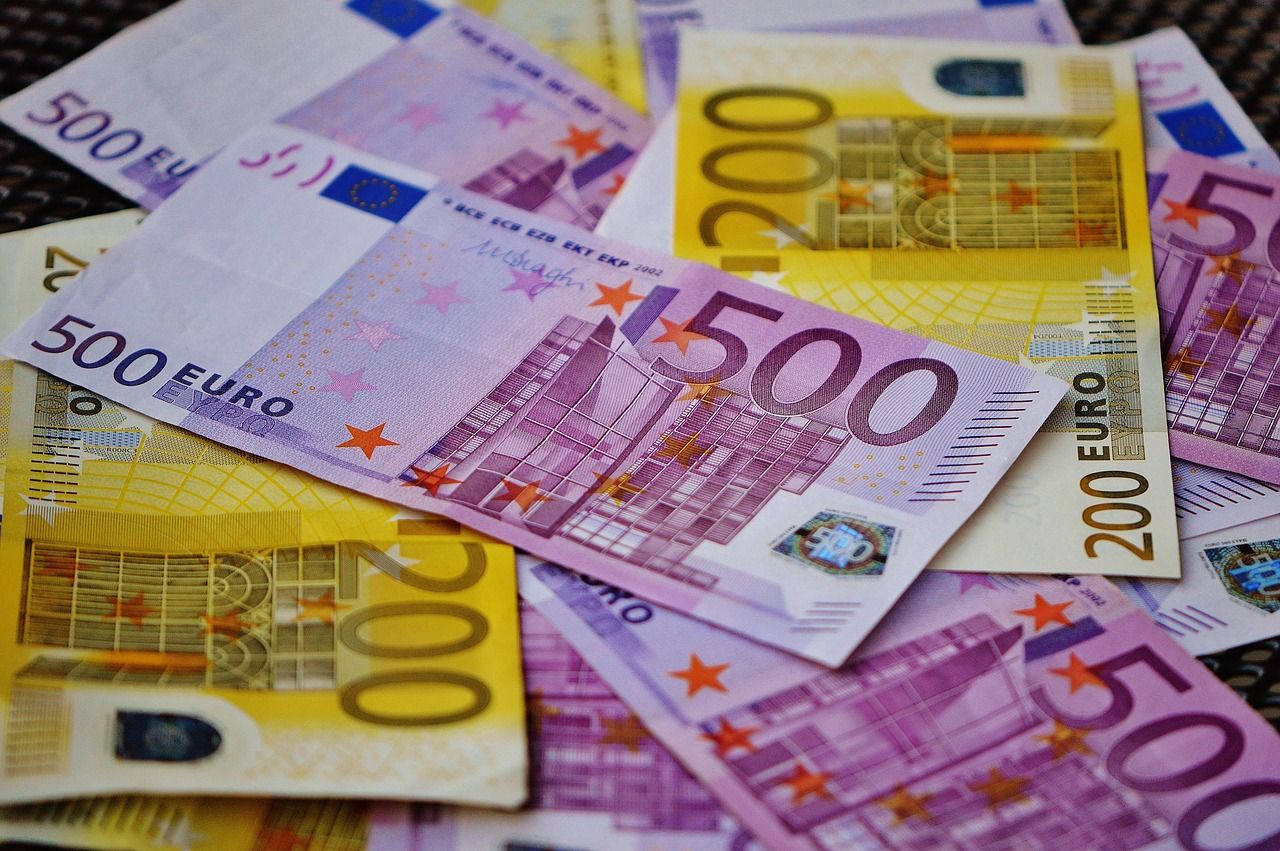Trump has entered office with a destructive impact, and his unpredictable actions, both domestically and internationally, have undermined the dollar’s status as the preferred reserve currency. In the cryptocurrency sphere, this signals that USD-pegged stablecoins will lose their dominance, creating space for alternative currencies to take hold. Among these, the rapidly growing EUR coins may emerge as strong contenders.
Let’s step back for a moment. Since Trump’s inauguration, the dollar has reached a three-year low against a basket of major currencies, declining by roughly 5% over the past six months. A mix of erratic trade policies, poor fiscal decisions, and a general trend of international hostility have burdened the U.S. market, negatively affecting its equities, raising Treasury yields, and significantly impacting the dollar. The U.S.’s standing as the most robust and stable economy has been challenged. A trend of “Anywhere but the USA” has even surfaced as a response.
With the U.S. economy and markets in turmoil, investors have taken refuge in safe-haven assets like gold to cushion their losses. Surprisingly, the euro has climbed the ranks as well: according to a recent report, central bankers worldwide are now viewing gold, the renminbi, and the euro as preferred reserve assets. The global market is diversifying away from the dollar, a shift that will likely be reflected in decentralized finance (DeFi).
That said, I’m not suggesting a full-scale transition here.
In the realm of stablecoins, the USD remains dominant. Tether retains almost 70% of the market share, and Circle has made headlines for its $5.4 billion IPO. However, as the dollar’s value declines—especially against emerging markets and the G10—the market is expected to broaden. The monopolistic control of USD might weaken.
Currently, there are 12 notable euro-pegged stablecoins compared to 56 USD counterparts—a significant difference.
As the euro recovers and continues to strengthen, there’s no reason to believe these stablecoins won’t compete. With proactive fiscal policies, increased defense spending, and significant capital flow, the euro has surged toward the critical $1.20 mark. If Trump persists on his current trajectory, I anticipate further increases.
The trend of de-dollarization is not the only factor at play. The E.U. has become increasingly receptive to cryptocurrency, recent developments cementing the MiCA framework, allowing crypto issuers to secure licenses and establish a foothold in the regulated European market. Tether does not comply with MiCA, creating opportunities for alternative coins—including euro-pegged ones like EURC—to gain market share.
Consequently, the E.U. has adopted a more favorable and supportive stance toward crypto issuers. Several exchanges and issuers, including OKX, Crypto.com, and Coinbase, are either receiving or about to receive E.U. approval. Forget Trump’s ambitions to make the U.S. the “crypto capital of the planet”; the E.U. is rapidly catching up.
Europe has shed its previous image of being anti-innovation and bureaucratic. It has embraced digital assets and, as Christine Lagarde stated, is ambitious about achieving its “global euro moment.” This shift capitalizes on the setbacks faced by the U.S., and I see no reason why this won’t impact the stablecoin market.
I recognize that opinions on stablecoins remain polarized. The Bank for International Settlements has recently classified them as a “financial stability risk.” Nevertheless, the global market cap for the broader ecosystem has just eclipsed $250 billion. The scale, popularity, and appeal of this market cannot be understated. They are undoubtedly more practical than tokenized currencies, as evidenced by BIS’ Project Agora.
Therefore, I don’t foresee a contraction in the stablecoin market anytime soon. As long as Trump continues his heavy-handed approach and Europe capitalizes on the fallout, issuers will likely gravitate more toward euro-based coins. Complete de-dollarization is far from practical, but as long as the euro maintains its upward momentum, investments and transactions involving the continent’s currency will follow suit.
By 2028, coinciding with the end of Trump’s term, I predict we will see a surge in EUR-pegged stablecoins that could even challenge their American counterparts. Risks of recession, falling market prices, and a general dip in investor confidence have pushed the dollar into a precarious state.
Europe’s moment has arrived.

Leave a Reply